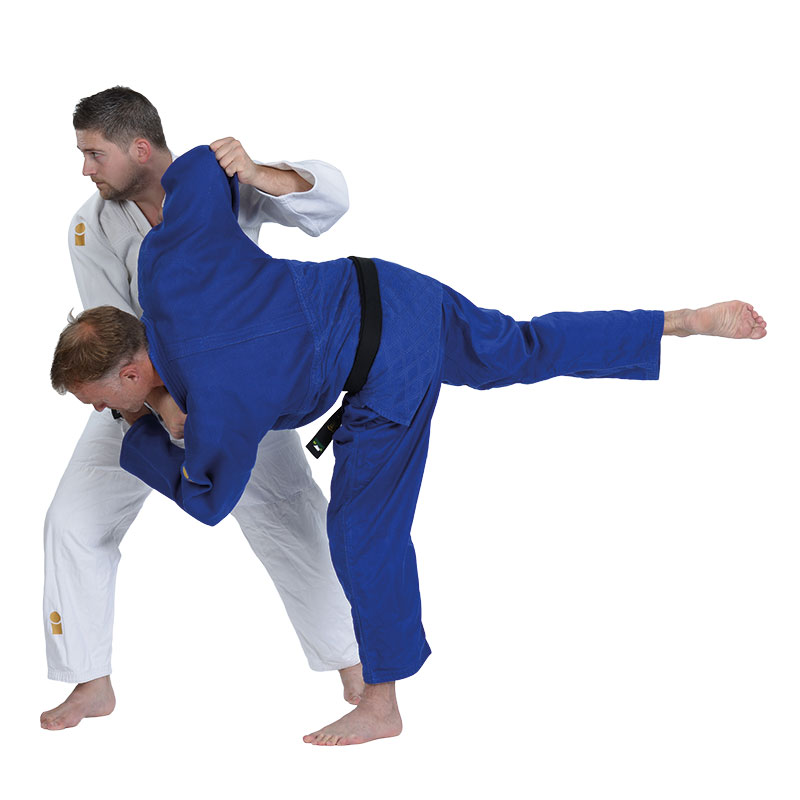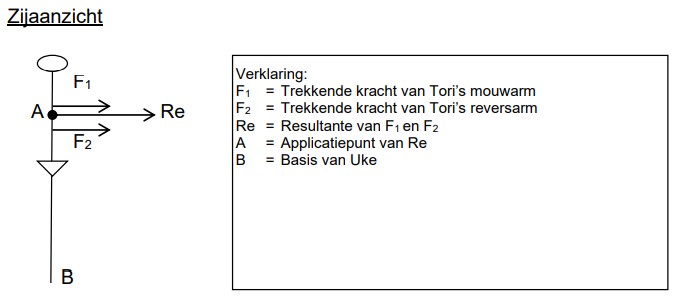Uchi-mata-sukashi 内股すかし
Inside Thigh Slip Counter
Classification: Te-waza (Hand Technique)
Japanese meaning:
-
Uchi-mata = inner thigh
-
Sukashi = to slip or evade
This technique’s name reflects its purpose: evading the classic uchi-mata throw and using the opponent’s own motion to counter it.
Technical Description
Uchi-mata-sukashi is a counter throw executed when uke attempts an uchi-mata (inner thigh reap). Instead of resisting, tori evades by slipping slightly off-line, allowing uke’s reaping leg to miss. As uke becomes unbalanced due to the failed attack, tori uses a swift rotating motion of both arms to redirect uke’s momentum and throw them forward.
It’s a beautiful example of ju no ri—the principle of yielding—where tori avoids direct confrontation and instead takes advantage of uke’s over-commitment.

Biomechanics of Uchi-mata-sukashi
This is primarily a moment throw:
-
F1 and F2 (the arms) generate a torque (rotational force) to redirect uke’s forward and upward momentum.
-
The reaction force (Re) is used to extend uke’s movement beyond their center of gravity.
-
As uke’s leg sweeps upward for the uchi-mata, tori pivots slightly and rotates uke’s upper body in a circular arc, amplifying the centrifugal force and causing a forward fall.
Timing and sensitivity are crucial—tori must feel the opening the moment uke overextends.

Did You Know?
-
This technique is a textbook example of kaeshi-waza—counter techniques where tori turns uke’s attack against them.
-
It is especially effective against opponents who favour uchi-mata as their tokui-waza (favourite throw).
-
Uchi-mata-sukashi has been successfully used at the highest levels of judo, including IJF World Tour competitions.
-
In kata forms such as Kaeshi-no-kata and in high-level randori, this throw illustrates adaptive judo strategy at its best: don’t block—redirect.